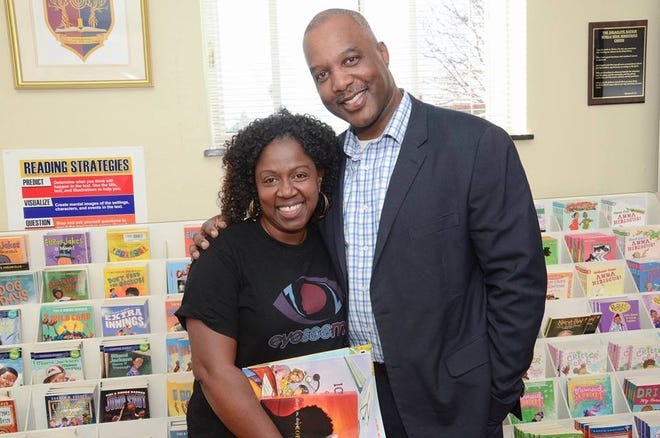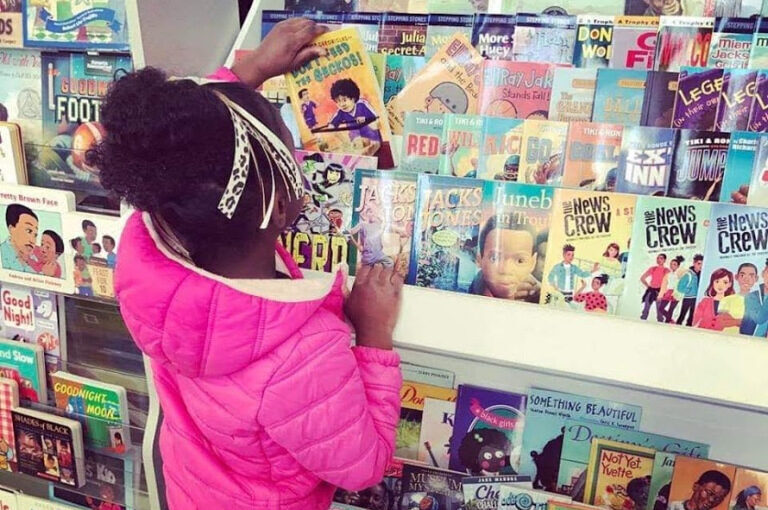EyeSeeMe bookstore teaches children the value of African-American history
Published 7:00 a.m. ET Apr. 10, 2019
As African American parents, Pamela and Jeffrey Blair of St. Louis, Missouri, always taught their four children about their history and helped them to develop a positive self-image. They told stories about their lives, their grandparent’s lives and their families’ migration from the Caribbean.
When the Blairs started homeschooling the children in grade school, they noticed the lack of books featuring African-American contributions to society. Instead, the curriculum focused only on slavery and famous figures like Martin Luther King Jr. – limited lessons that offered a narrow view of the history, heroes, and accomplishments of African Americans.
Rather than acquiesce, they snapped into action.
“We had to create material based on our own research,” Pamela Blair says. “We utilized our family historian and the children’s grandfather, Shadrock Porter. Also African American history professors, the Schomburg Center for Research in Black Culture, the Smithsonian Institution and various black-owned bookstores.”

As African American parents, Pamela and Jeffrey Blair of St. Louis, Missouri, always taught their four children about their history and helped them to develop a positive self-image. They told stories about their lives, their grandparent’s lives and their families’ migration from the Caribbean.
When the Blairs started homeschooling the children in grade school, they noticed the lack of books featuring African-American contributions to society. Instead, the curriculum focused only on slavery and famous figures like Martin Luther King Jr. – limited lessons that offered a narrow view of the history, heroes, and accomplishments of African Americans.
Rather than acquiesce, they snapped into action.
“We had to create material based on our own research,” Pamela Blair says. “We utilized our family historian and the children’s grandfather, Shadrock Porter. Also African American history professors, the Schomburg Center for Research in Black Culture, the Smithsonian Institution and various black-owned bookstores.”
“We did a lot of research to help fill this void,” says Jeffrey Blair. The couple’s children are now young adults, 18 to 25 years old. “Although it was difficult and time-consuming, we needed to create an environment for our children that bridged the gap between education, identity, history, and fun.”
It worked. They created child-friendly lessons and games for the kids based on books like “The Mis-Education of The Negro” by Carter G. Woodson and “From Babylon to Timbuktu: A History of the Ancient Black Races Including the Black Hebrews” by Rudolph R. Windsor. The children showed pride and began to act with more purpose.


